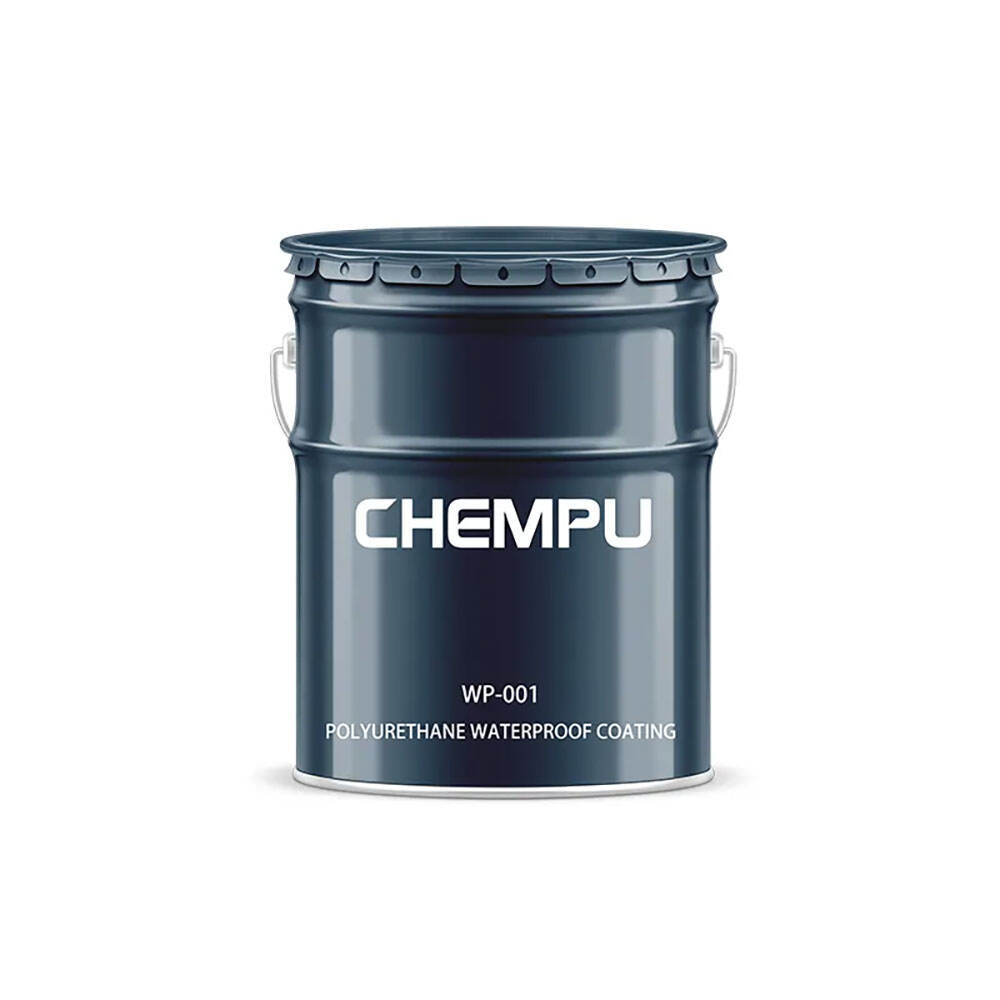A joint sealant acts as a barrier between surfaces to avoid the wastage of water and assists in preventing air and moisture from coming inside. These sealants are widely used in construction, industries for their properties to provide long-term and permanent durability of structures. In this article we will explore the life expectancy of joint sealants, benefits thereof, recent developments and safety measures as well a best use practices to gain an in-depth knowledge about the importance of using these.
Advantages of Joint Sealants
There are many benefits to using joint sealants instead of other types of sealing materials, and they have important implications. Unwanted can withstand the sands of timeAren't Ans chef-friendly and top range combos? Unlike conventional options, these joint sealants are designed to hold up in the face of harsh weather conditions and high traffic load without failing structurally. They can also be made to look like surrounding surfaces in both color and texture so that overall appearance is enhanced with a very professional looking, finished result.
New Methods for Joint Sealant Technology
Recent advancements in joint sealant technology has significantly increased the range and efficacy of products available for leading to an extended life span. Cross-linked polymer is one of the most striking innovations, being a truly formable and elastic sealant more than traditional methods. In addition, with the incorporation of nanotechnology there has been a complete overhaul in adhesion properties thereby pushing joint sealants to new levels in terms of life and performance.
Safety and Joint Sealant Best Practices
In order to not only keep the work site safe but also for maintenance to be of high quality, it is prudent that joint sealants are utilized in a manner adherent solely with best verifiable practices. Using proper protective equipment (gloves, goggles and a respirator) is strongly recommended when using these types of sealants. Choosing the right type of sealant is key for this, and factors like temperature, humidity levels or kind of substrate matter. Joint sealants bond most effectively to clean and smooth surfaces, so they are best used on well-prepared surface areas.
Standard Specification for Joint Sealants(platforma Video)
The quality of joint sealants is dependent on the manufacturer and formulation. They are best to choose only if sealants have been thoroughly tested and approved for designated application in order not to achieve optimal results. Check for products that meet Industry standards like ASTM and ISO being manufactured by reputed companies. Training, technical assistance, and warranty programs are provided by some manufacturers to back up their products.
Conclusion
To sum it all up : Joint Sealants are an essential part of Construction and manufacturing industry, ensuring air & water won't sneak in the structures thereby maintaining its integrity. These products have not only become more durable, but they are also much stronger and adaptable than ever before due to the advancement of technology. Correctly installed and specifying application with wearing all safety precautions to protect you, yourself as well the other workers joint sealants can hopefully provide good protection in long run which contributes towards sustainability of number projects.
 EN
EN
 AR
AR
 BG
BG
 HR
HR
 CS
CS
 DA
DA
 NL
NL
 FI
FI
 FR
FR
 DE
DE
 EL
EL
 HI
HI
 IT
IT
 JA
JA
 KO
KO
 NO
NO
 PL
PL
 PT
PT
 RO
RO
 RU
RU
 ES
ES
 SV
SV
 TL
TL
 IW
IW
 ID
ID
 LT
LT
 SR
SR
 UK
UK
 VI
VI
 ET
ET
 HU
HU
 TH
TH
 TR
TR
 FA
FA
 MS
MS
 GA
GA
 BE
BE
 AZ
AZ
 LA
LA
 UZ
UZ

%20(1)/images/share.png)
